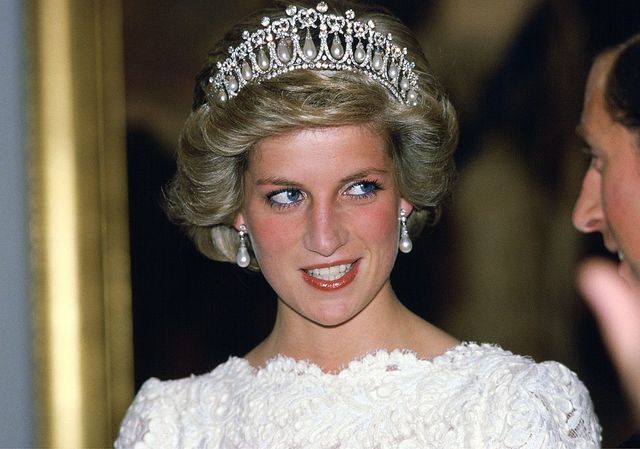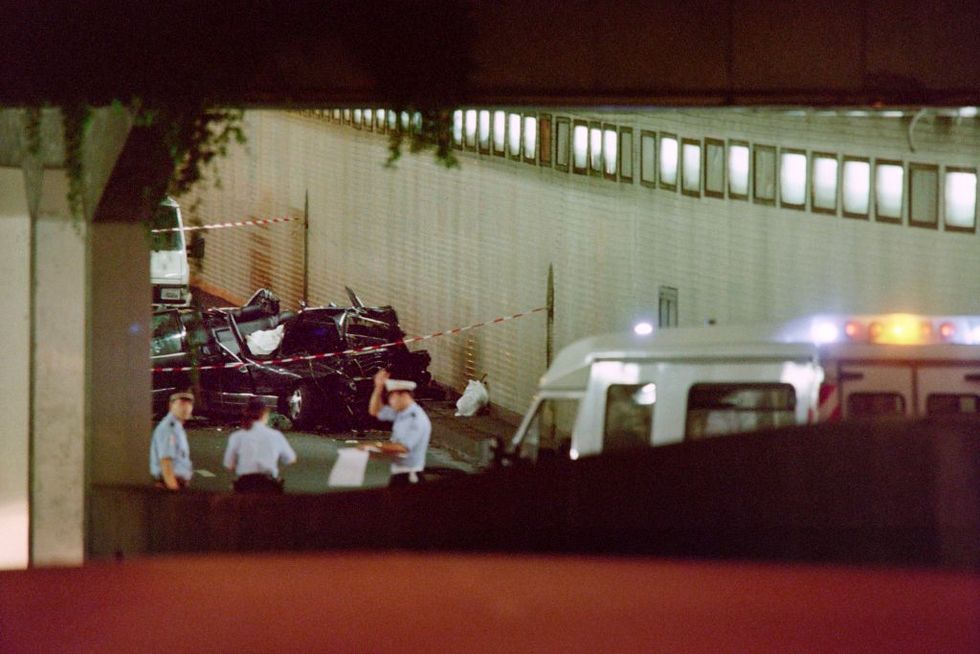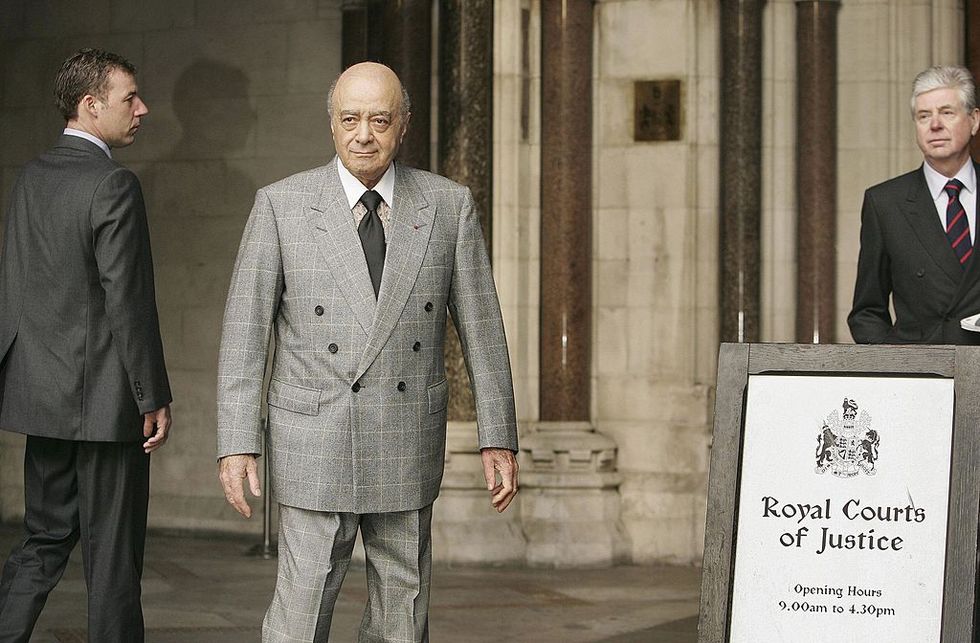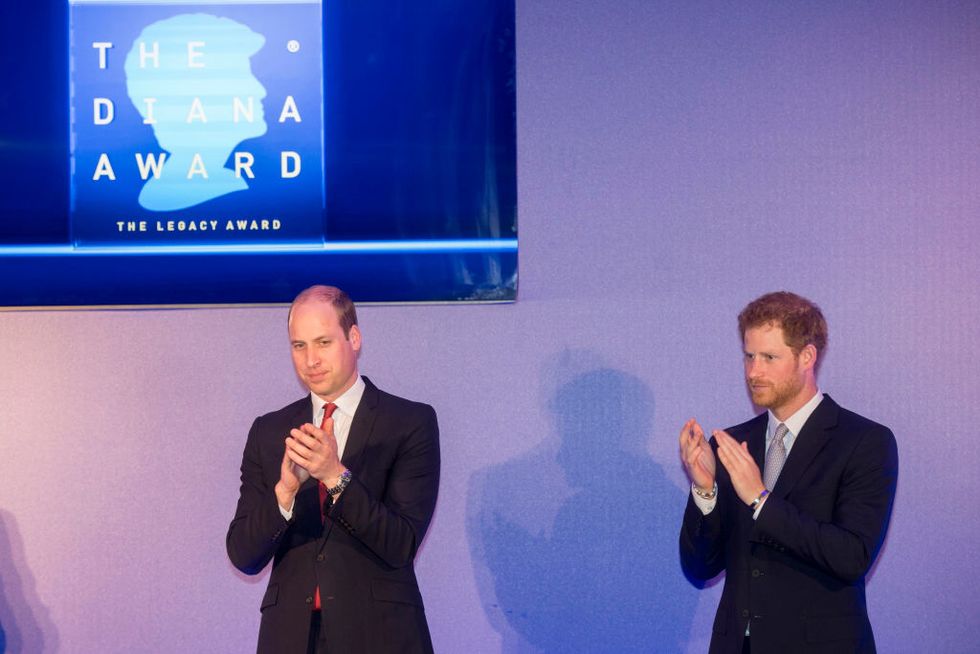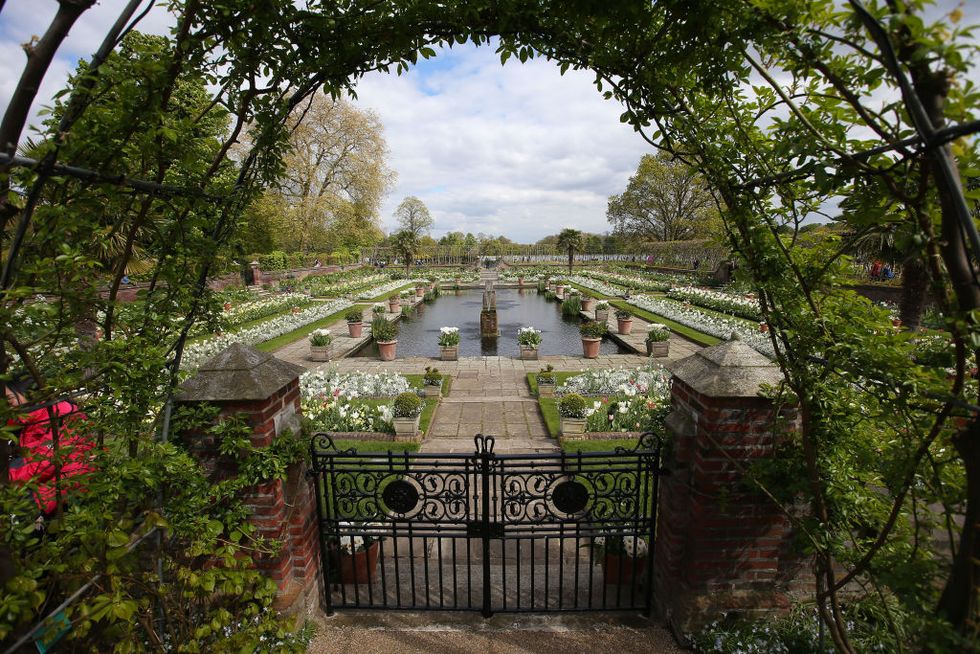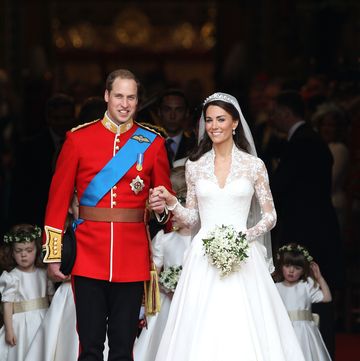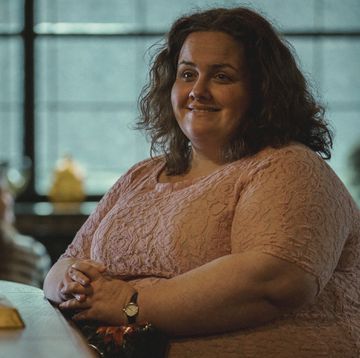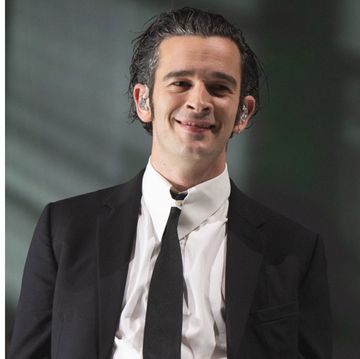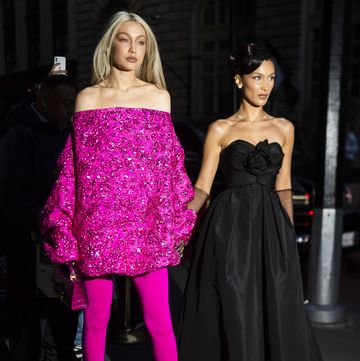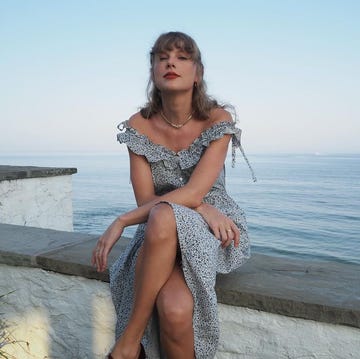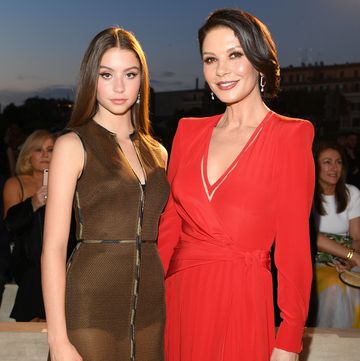It's been 20 years since Princess Diana was killed in a car accident in Paris. Her sudden death shook the world and ever since that fateful night in August 1997, conspiracy theories have swirled around what really went on.
This is what happened in the hours after Diana's tragic passing, which led to a national outpouring of grief for the "People's Princess".
How did Princess Diana die?
Just after midnight on August 31, 1997, news began to surface of a car crash involving one of the most famous women in the world. The black Mercedes driven by Henri Paul and carrying Diana, Princess of Wales, her companion Dodi Al-Fayed, son of Egyptian billionaire Mohamed Al-Fayed, and bodyguard Trevor Rees-Jones had crashed in the Alma tunnel in Paris. The car had picked up the Princess and Dodi at the rear entrance of the Ritz hotel just minutes earlier.
Dodi and Paul were killed outright, while Diana and Rees-Jones suffered major injuries. An ambulance arrived on the scene within minutes and the medical team began treating the Princess for a cardiac arrest, before she was transferred to the Pitie-Salpetriere hospital in the French capital.
She was operated on by Professor Alain Pavie, the president of the French college of cardiovascular surgeons, who discovered severe internal injuries. Following two hours of emergency treatment, Diana was pronounced dead at 4am. Her bodyguard Rees-Jones was the only survivor of the crash.
The cause of the crash
In the wake of the tragedy, both French and British authorities reported that the driver, Paul, was responsible for the crash. French toxicology tests revealed he was drunk when he lost control of the Mercedes, while trying to shake off paparazzi photographers. This was examined in the investigation and inquest into the deaths of the Princess and Dodi that followed years later.
A three year investigation into the crash was led by former Metropolitan police commissioner Lord Stevens in 2006. The £3.69 million inquiry gave a full account of the injuries suffered by the Princess and concluded that the crash was an accident.
The report stated that the Mercedes was travelling at an excessive speed and that neither Dodi nor Diana were wearing seatbelts. According to the report, Diana, Dodi and Paul might have survived had they been wearing them. But there was more to be uncovered.
Two years later, an inquest lasting six months took place. After hearing evidence from 250 witnesses, the jury at the inquests into the deaths of Diana and Dodi definitively decided that they had been unlawfully killed by a combination of the driving of their Mercedes by their chauffeur, who was said to be culpable of "gross negligence", and the driving of following vehicles carrying paparazzi photographers.
Lord Stevens said he was satisfied with the verdict. "This has been an unprecedented issue," he said. "This is a justification of the report that we did." Prince William and Prince Harry also issued a statement saying they agreed with the jury's decision and thanked the jurors for the "thorough" way they considered the evidence.
Conspiracy theories
The jurors' findings put a number of conspiracy theories around Diana's death to rest, although some have continued to circulate.
One of these claims was that Diana's death was ordered by her family, in order to cover up the theory that Diana was pregnant with Dodi's child.
In 2003, Dodi's father Mohammed Al Fayed told US TV programme Primetime that Diana phoned him on the night she died to tell him she was pregnant with Dodi's baby.
The coroner cast serious doubt over Fayed's claims, but throughout the inquest, Fayed maintained that Diana and Dodi were "murdered" by MI6 on the orders of the Duke of Edinburgh. The former Harrods owner told the jurors that former Prime Minister Tony Blair, MI5, MI6 and the British ambassador to France were all part of the conspiracy, the BBC reported at the time.
Another theory involved the mystery white Fiat Uno which brushed past the Mercedes immediately before it crashed. It has continued to spark speculation in the years after Diana's death, and Fayed alleged it was being used to cause the Mercedes to swerve and eventually crash inside the Paris tunnel. Neither the car or the driver were ever traced in the investigation.
What was the royal family's response to Diana's death?
When news broke that Diana had died, Queen Elizabeth was highly criticised for her "business-as-usual" approach to the situation. She was condemned for taking Prince William and Prince Harry (who were 15 and 12, respectively, at the time), to church at Balmoral in Scotland hours after their father Prince Charles had broken the news to them. She was also accused of staying at her Scotland residence for too long. But five days after Diana's death, the monarch publicly acknowledged the tragedy in a speech from Buckingham Palace.
She paid tribute to Diana and explained her reason for being at Balmoral, saying: "This week at Balmoral, we have all been trying to help William and Harry come to terms with the devastating loss that they and the rest of us have suffered." She added: "I for one believe there are lessons to be drawn from her life and from the extraordinary and moving reaction to her death. I share in your determination to cherish her memory."
How did the public react?
The effect that Diana's death had on the public was overwhelming and unprecedented. From the moment the news first broke to the day of her funeral, there was a national outburst of grief which had never been seen before. "The shock of Diana's death was so sharp because so many of us had lived our lives by proxy through her," Andrew Marr writes in a foreword to The Diana Chronicles.
On the day she died, Tony Blair addressed the nation from outside St Mary Magdalene Church in Trimdon, in his Sedgefield constituency.
"She was the people's princess and that's how she will stay, how she will remain in our hearts and in our memories forever," the then Prime Minister declared.
A sea of floral tributes formed in front of Kensington Palace and thousands queued for hours as they waited to to sign books of condolence. Officials estimated that about 10 to 15 tons of bouquets, including 60 million individual flowers, were left throughout London by those paying their respects to the Princess.
The funeral
The Princess's funeral was held at Westminster Abbey on 6 September 1997. It was a public day of mourning, with around 2,000 people in attendance, including politicians and celebrities, and an estimated 2.5 billion people watching worldwide.
The day began at just after 9am, when the coffin left Kensington Palace on a gun carriage. A four mile procession brought her coffin to the Abbey, with the two princes, William and Harry, their father Prince Charles, grandfather Prince Philip and the Princess's brother Earl Spencer walking behind.
On top of the coffin was a a card to "Mummy" from one of her sons and at Buckingham Palace, the Union Flag was lowered to half mast for the very first time.
During the ceremony, Diana's sisters read tributes and Elton John played a new version of Candle in the Wind.
In his address, Earl Spencer described his sister as the "very essence of compassion, of duty, of style, of beauty". He also highlighted the media intrusion into Diana's life, saying she was "the most hunted person of the modern age".
Following the service, the family attended a private ceremony at the Althorp estate, where Diana was buried.
Her legacy
Diana was associated with more than 100 charities during her lifetime and will always be remembered as the "People's Princess".
Through her charity work, Diana highlighted how royalty, which had previously been known for its stuffiness, could be in touch with the public. In her interview with BBC's Panorama in 1995, she said, "I would like a monarchy that has more contact with its people." This statement became something of a personal mission for the Princess, and is reflected in the public duties carried out by Prince Harry and the Duke and Duchess of Cambridge today.
She raised awareness of a number of humanitarian issues during her lifetime, often visiting homeless shelters in London and travelling to countries with a high leprosy rate in order to remove the stigma surrounding the disease. She also changed the world's perception of HIV and Aids. At the time of her death, Gavin Hart, of the National AIDS Trust, told the BBC: "In our opinion, Diana was the foremost ambassador for AIDS awareness on the planet and no one can fill her shoes in terms of the work she did."
Today, Princes William and Harry have spoken about the huge influence their mother had on on their own charity work, with both royals actively continuing to fight for the causes she so publicly supported.
How is Diana remembered today?
Following her death, a number of public memorials have opened. The Diana, Princess of Wales Memorial Fountain in London's Hyde Park was officially opened by the Queen in 2004 and a 7km circular walking trail, which passes between Kensington Gardens, Hyde Park, Green Park and St. James's Park, is dedicated to the Princess. At the Althorp estate, Diana's resting place, there is a memorial for visitors where well-wishers can leave flowers as a tribute.
To mark the 20th anniversary of her death, a memorial garden has opened at Kensington Palace this year. Known as the 'White Garden,' it has been filled with her favourite flowers and can be viewed from a public walkway.
